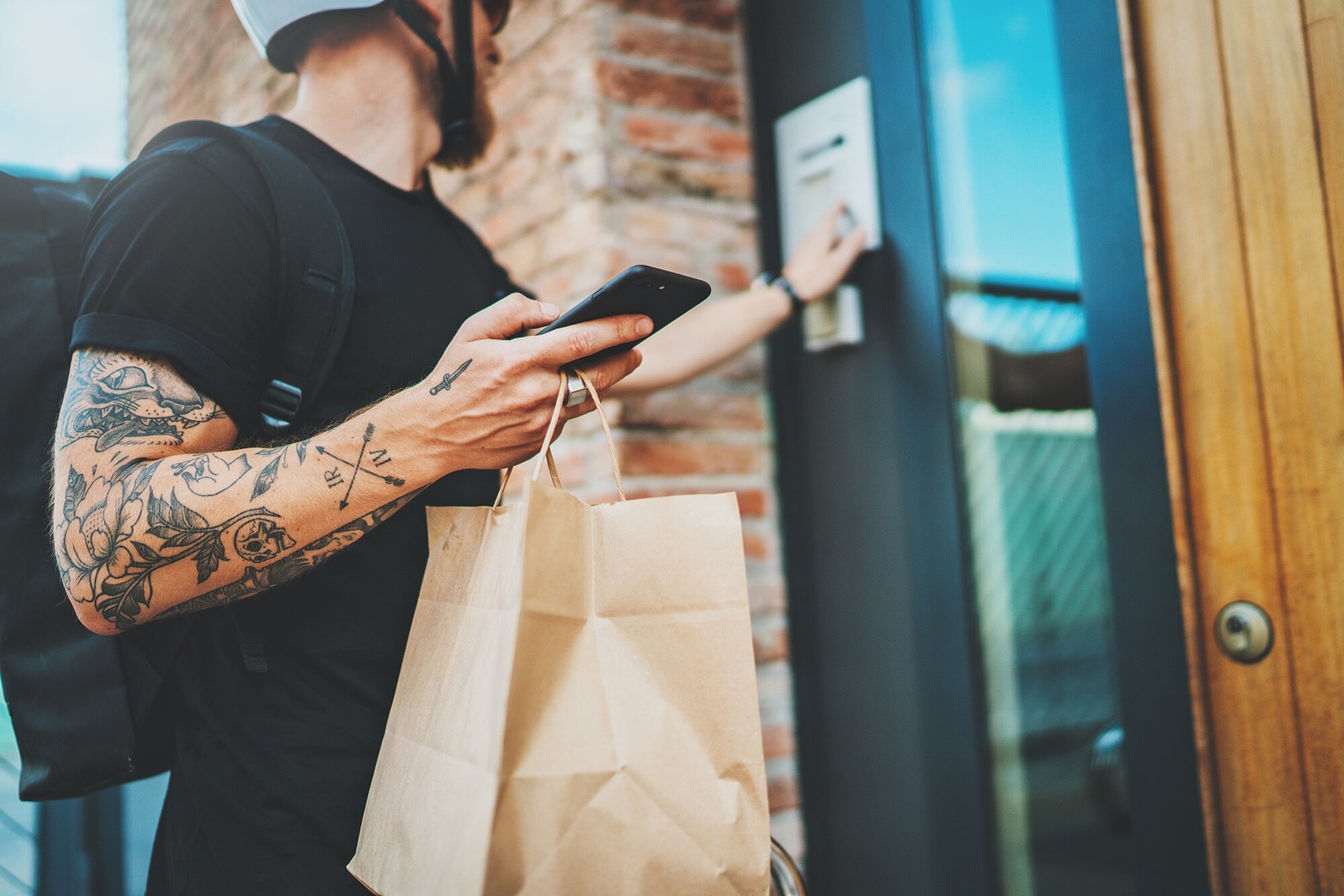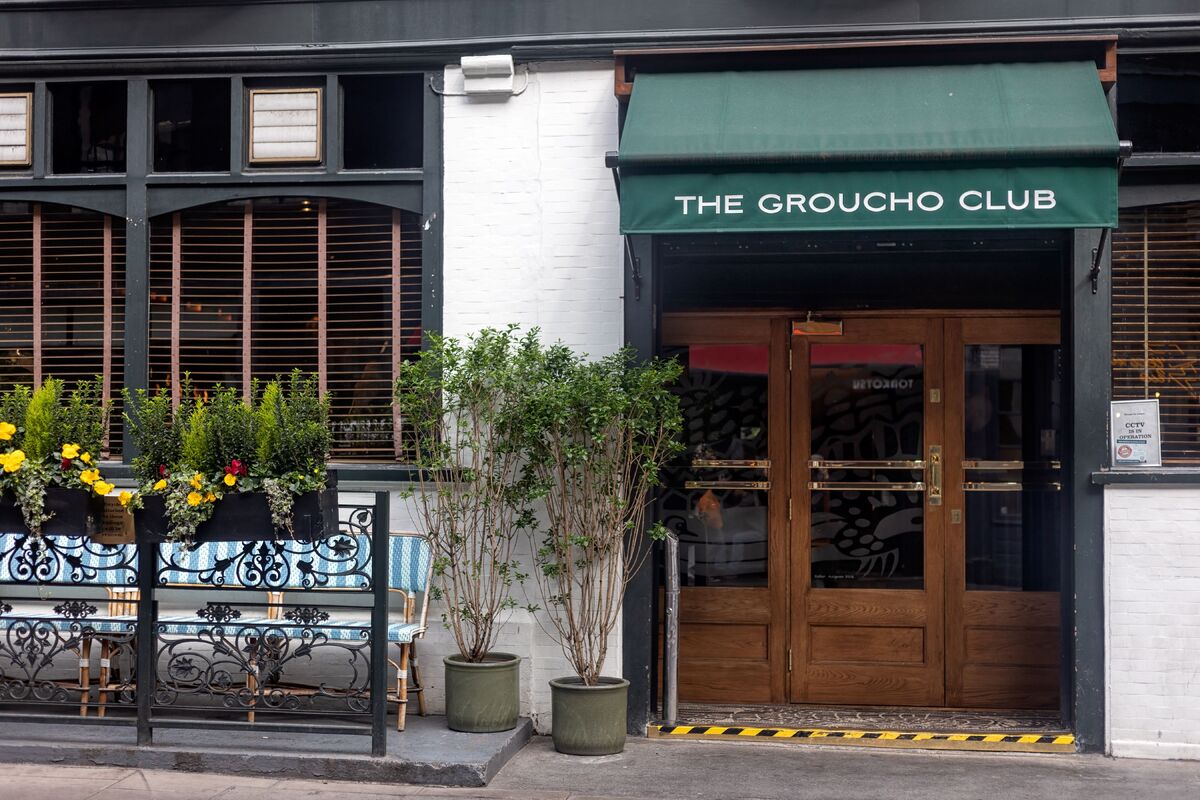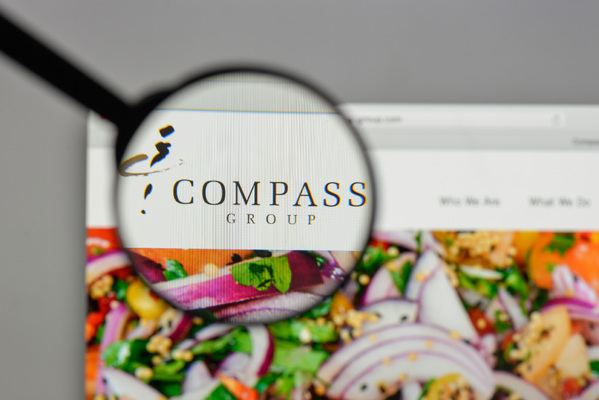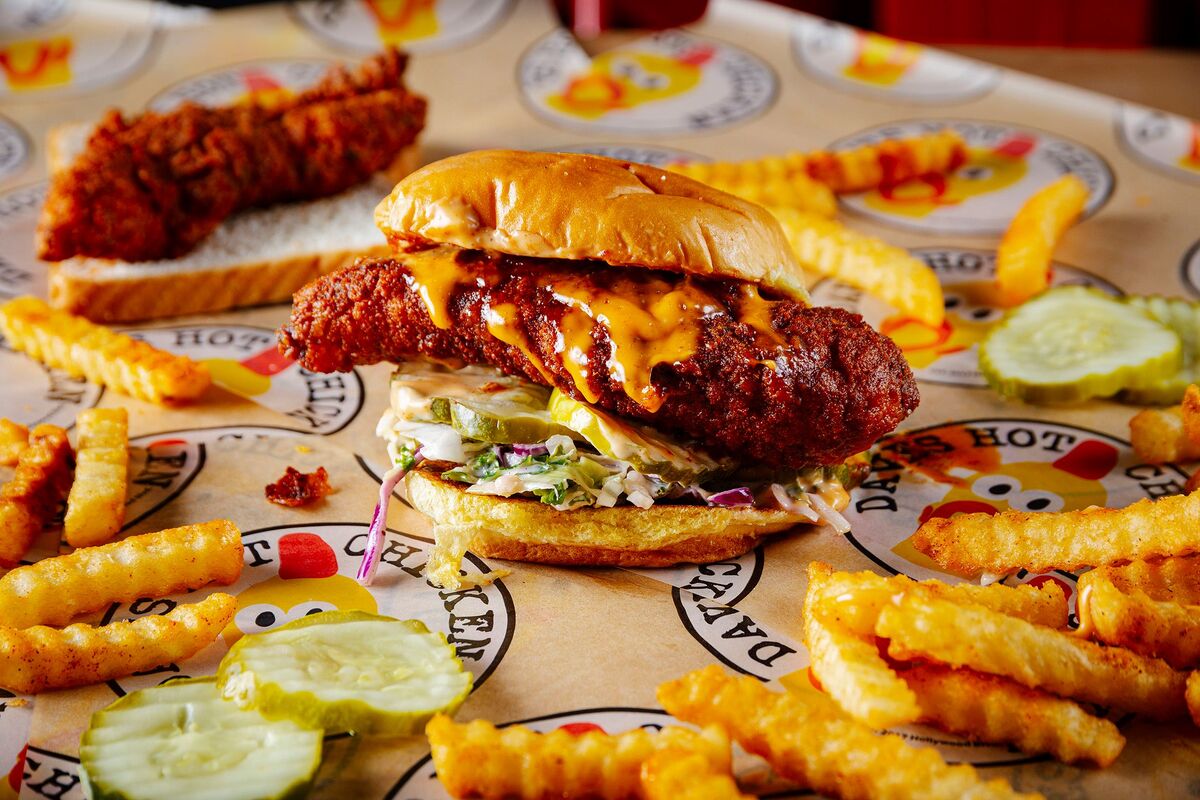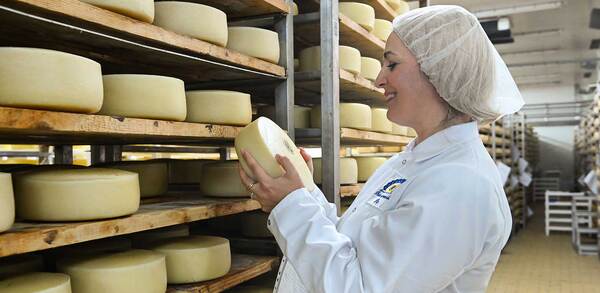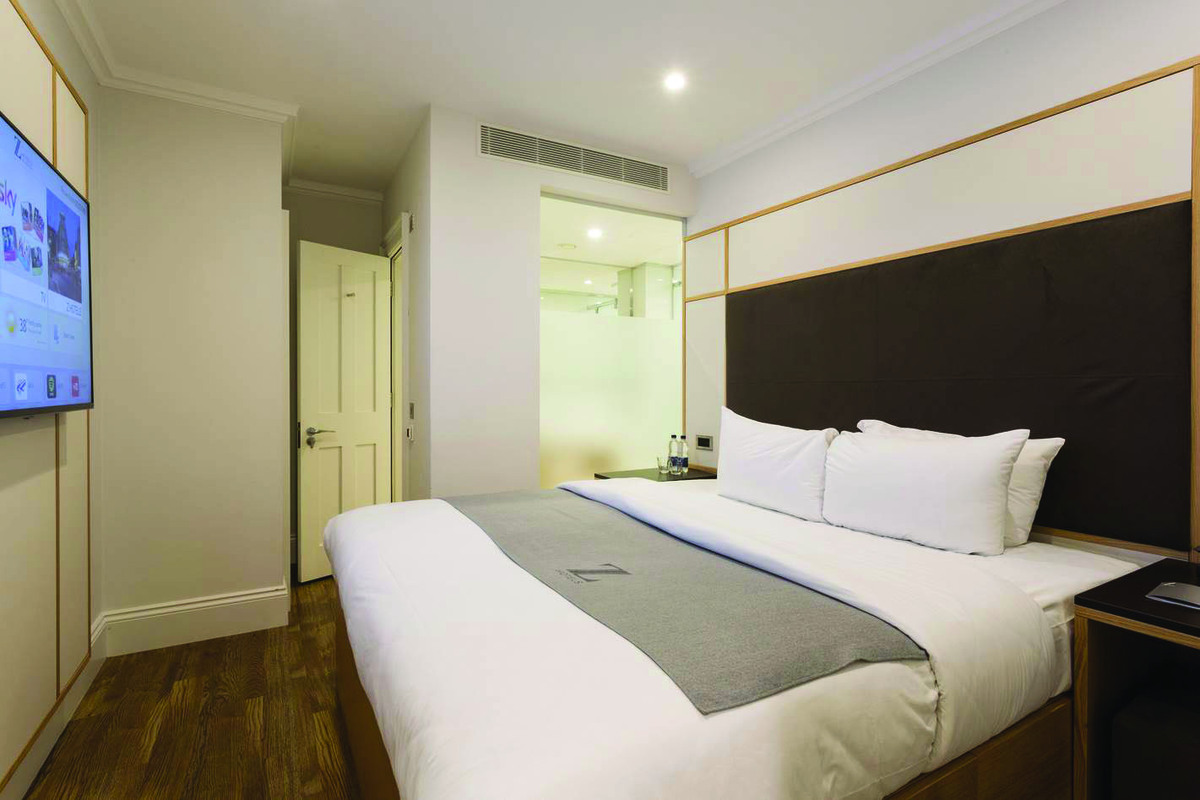How to cater sustainably for a hybrid workforce
In a post-pandemic world, Matt Ephgrave, managing director at Just Eat for Business, explores the responsibilities companies have when catering for their hybrid workforce.
Rewind to 2020 – large businesses ordered food to cater for their employees and clients, and deliveries were frequent. But we knew there was more to do when it came to catering sustainably.
It’s hard to imagine that world now. We’ve become so accustomed to remote working that long gone are the days when we’d eat with real people, in a real office. However, as business leaders plan their strategy for their return to the office, they should also make room to assess other business priorities.
Eighty-five per cent of office workers want to work in a hybrid environment, placing responsibility on business leaders to make employees’ working experiences seamless, both at home and in the office. However, with that comes challenges for catering. Employees will often be spread between the office and working remotely at the same time, which means there are two groups to cater for simultaneously, increasing delivery numbers and packaging to various locations nationwide, with some sent even further afield.
Employees will often be spread between the office and working remotely at the same time, which means there are two groups to cater for simultaneously
Looking back at our own journey at Just Eat for Business, we have been taking steps to become sustainable since we began, but the pandemic has no doubt accelerated our focus and influenced how we operate.
Pre-pandemic, in 2018, we partnered with eco-friendly compostable catering company Green Man Packaging to ensure vendors had sustainable containers. In September 2020 we launched recyclable cardboard delivery boxes with the aim of cutting down on carbon emissions.
Noticing the real environmental impact that constant deliveries can have, we made the decision last year to partner with pedal- powered bike delivery service Pedal Me, allowing mass meals to be provided to larger companies at once – the bikes can hold the same capacity of food as a van. We also partnered with walking courier Urb-it to reduce our carbon emissions further.
Speaking from our own experience as a business, here are some points business leaders and office caterers could consider when looking to feed their workforce.
Strategically organise deliveries
Your workforce will be dispersed across the country, so larger businesses can think strategically about which employees receive catering and when. Staggering deliveries and clustering them to those who live or are working close by could reduce your carbon footprint – as long as this is communicated to all employees so they know what to expect.
Think wisely about packaging
Getting an understanding of vendors who use sustainable packaging is important. The world we live in is more dependent on individual packaging to meet hygiene standards and keep employees feeling comfortable, but it’s about striking a balance between safety and excess packaging. Ensure the vendors you work with are putting this at the top of their agenda.
Order sensibly
Avoiding leftover waste should remain a priority for businesses post-pandemic. Due to strategies being put in place to monitor when and who will be coming into offices, office managers, business leaders and caterers will have a more precise picture of how many they need to cater for and should only order as much as is required.
Shop local
The pandemic has brought with it a trend of shopping locally. Vendors across the country will benefit greatly from local support, and this will also reduce delivery journey time and length, ultimately benefiting the environment.
As businesses, we’re all just at the start of the post-pandemic journey, but how we plan for a sustainable future is ultimately up to our business leaders. It’s our responsibility to make sure initiatives are in place to make our contribution.
Photo: 2019 SFIO CRACHO/Shutterstock.com



